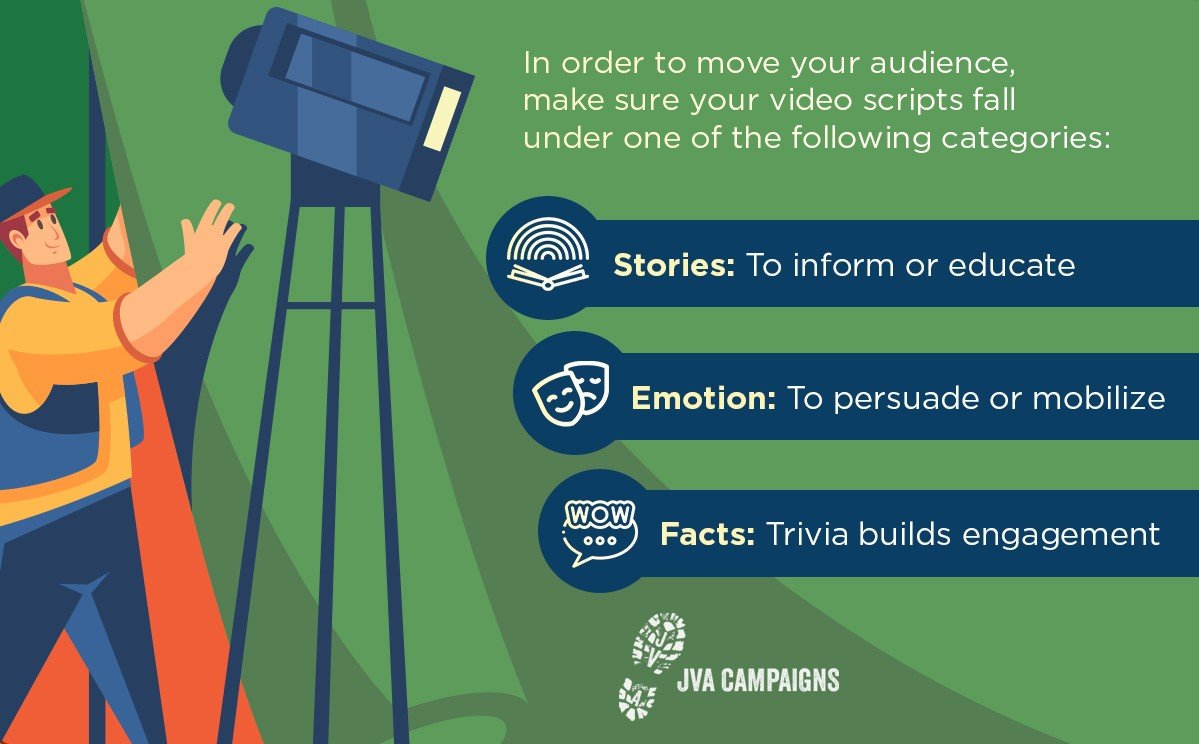Sending direct mail is one of the most effective ways to reach voters. In a world of constant misinformation, 66% of Americans say they trust direct mail versus other forms of political advertising. If done right, it’s a powerful and impactful tool that should be incorporated into any political or public affairs campaign.
1. Use High-Quality Photos
Photos, or the lack thereof, can make or break a direct mail piece. High-quality photos can captivate your audience and show professionalism in a campaign. Be sure to team up with a photographer at the beginning of your campaign.
2. Be Personal
Tell a compelling personal story that ties back to the campaign messaging. A direct mail program should tell a story of who you are and what you stand for, beginning with a bio, leading into where you stand on issues, and lastly, concluding with a GOTV message.
3. Make It Local
Customizing your mail to feature photos of local landmarks, helpful town government phone numbers, or even the high school football schedule tells voters that you’re invested in the community that they take pride in.
4. Do Less
Direct mail should be designed with the assumption that the voter is only going to skim it. That means you need to use concise and clear copy to communicate. Using subheadings, bullet points, and graphics helps convey your points in an easily digestible way.
5. Own Your Brand
Be consistent in your use of logos, brand colors, and fonts. Over time, people will recognize your campaign, especially if you communicate across multiple TV or digital platforms.
6. Repeat Yourself
It’s important to start your direct mail campaign early and hit mailboxes multiple times during the campaign. Doing just one piece of mail is a waste. For direct mail to work, it must be repetitive with multiple impressions to the intended targets.
7. Know Your Audience
Good data and targeting are essential parts of any direct mail campaign. Direct mail allows you to know exactly who is receiving your campaign materials, unlike TV, digital, and radio advertising. Therefore, it’s important to cut and carve your audience to include those voters you need to communicate with and then tailor your message accordingly.
8. Tell Them What to Do
Finally, you need to convey what you want voters to do clearly. Do you want them to vote for you? When? How? Laying out a clear call to action and giving the voter as much information as possible makes it easier for them to do what you want them to.









